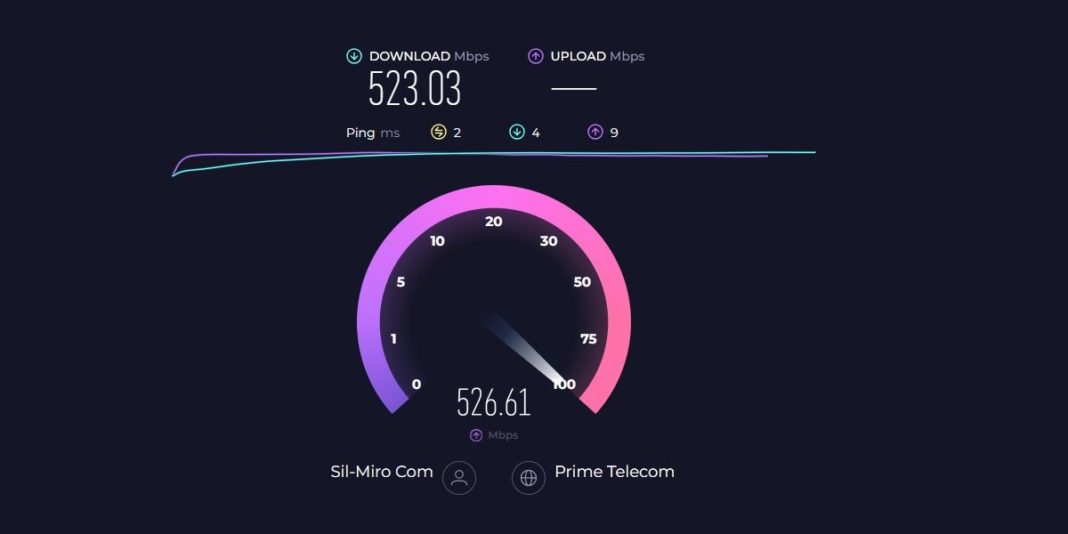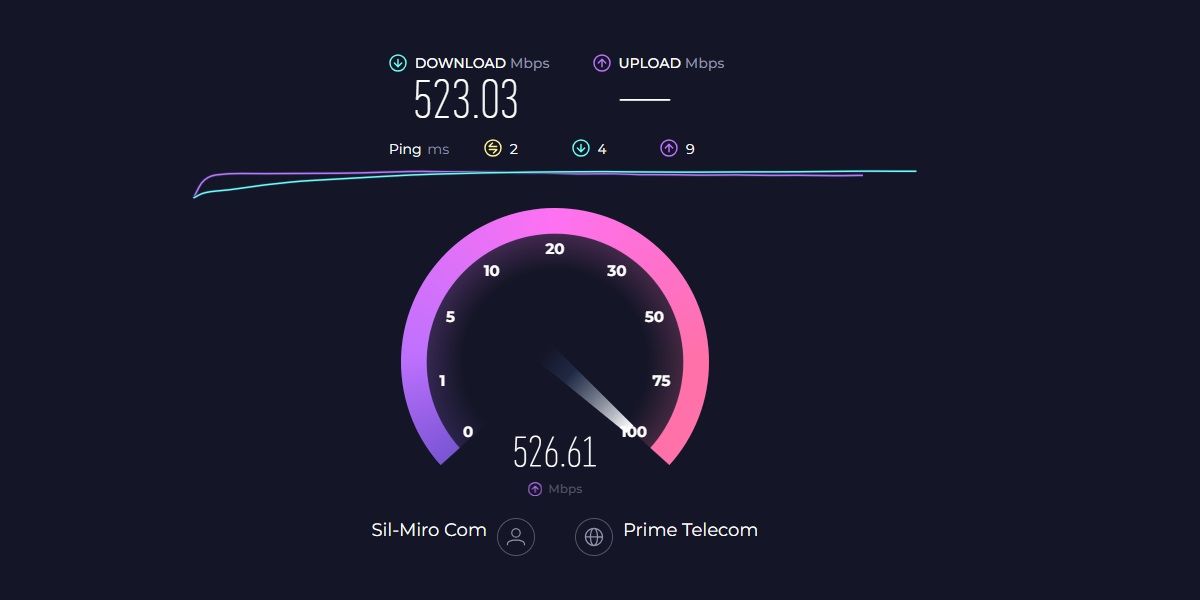Quick Links
-
What is the minimum Internet speed required to watch Movies, TV shows, and other content?
-
What is the Internet Speed Required for, depending on What You’re Watching
-
Beyond Internet speed, other Factors must be taken Into Account
Would You consider abandoning streaming services entirely to increase your internet speed?. Although the quality of streaming services varies, there are several ways to ensure uninterrupted internet connectivity
What is the minimum Internet speed required to watch Movies, TV shows, and other content?
The speed of your internet connection has a direct impact on the smooth flow of content. The bandwidths are not uniform across different resolutions and formats
|
UHD/4K is the term used to describe Ultra High Definition video |
25 Mbps or higher |
Most households opt for HD streaming as a compromise between high quality and low internet usage. To ensure high-quality streaming, platforms like Netflix, Disney+, and Hulu suggest using a minimum speed of 5 Mbps for HD quality. A 25 Mbps connection is necessary for optimal performance on a device that supports 4K resolution
Additionally, it’s important to note that platforms have distinct requirements. For example:
- Netflix: 4 KU HD offers 25 Mbps, while HD and SD offer 5 and 3 mph, respectively
- YouTube: The maximum download speed for 4 KU HD is 20 Mbps or greater at the capacity
- Amazon Prime Video: The download speed is 15 Mbps for 4 KU HD and 5 MB for HD
The speeds are unique to each device. If you have multiple users streaming at the same time, higher speeds are necessary to accommodate them
What is the Internet Speed Required for, depending on What You’re Watching

The demands on your internet connection vary depending on the type of streaming content you are accessing What is the minimum internet speed that you should have?
1. Movies and T VS hows
The most frequently watched formats for streaming include movies and TV shows
- SD (480p): A speed of 3 Mbps or higher is necessary for an enjoyable browsing experience
- HD (720p/1080p): If you have a broadband connection of 5–8 Mbps, you can expect to have no buffers
- 4 KU HD (2160p): If you’re using a 4 KT V or streaming device, 25 Mbps is the recommended speed
Netflix, Hulu, and HB OM ax recommend consistent speeds that are based on the resolution of the content
2. Streaming live events such as sports, News, and events
Live streaming is more challenging than on-demand content because it necessitates real-time data transmission. When watching a live broadcast, you must also factor in latency. The time it takes for data to travel between your device and the server is called latency (in ms). Low latency is necessary for real-time content, such as live streaming, while it’s not as important for watching movies
For H DL ive streaming, services like ESPN+, YouTube TV, and Hulu + Live TV suggest at least 10 Mbps at less than 50ms. To prevent buffering or delays, use a speed of 30 Mbps or less for 4K live streams
3. Tutorials and Educational Content
The bandwidth consumption of online courses, instructional videos, or tutorials is typically lower when streaming. To make these videos accessible to a wider audience, platforms like YouTube or Coursera usually encode them at lower bitrates::
- HD (720p) A bandwidth of 4 to 5 Mbps is sufficient for sharp video tutorials
- Full HD (1080p): The resolution of 5-10 Mbps is ideal for text-based graphics
- 4K (Ultra HD): For tutorials and courses that require high levels of detail, the recommended speed is 15-25 Mbps. Generally speaking, courses that emphasize photo editing and rendering are available for advanced learners
The emphasis on clarity in educational content, particularly in areas like coding or design, often outweighs the importance of high resolution
Beyond Internet speed, other Factors must be taken Into Account

The speed of the internet is not a sufficient measure for smooth streaming
- Number of Devices Connected The more devices connected to your network, the higher the amount of bandwidth required. For a household with multiple users streaming, gaming, and browsing, faster speeds are necessary. If you stream in 4K and one person can manage, a 25 Mbps plan may be adequate, but if you have ten HD or 4K streaming devices at home, they require an additional 100 Mbps to stream
- Wi-Fi vs. Ethernet Although Wi-Fi is convenient, it can be erratic due to interference, distance from the router, and network congestion To achieve the best results, opt for an Ethernet cable Connect your streaming devices directly to your router. To optimize Wi-Fi connectivity, consider upgrading to a dual-band or tri-bed router
- Peak Times and Network Overrun During peak hours, internet speeds are often slowed down due to the high volume of users online. Urban areas or neighborhoods with shared cable networks often experience this phenomenon
- Quality of Your Equipment The internet speed is affected by your router and modem. Speed can be slowed down by outdated or obsolete equipment, regardless of whether your ISP offers fast internet
- IS PD ata Caps and throttleling Some ISPs have data caps, which restrict the amount of data you can use per month. Streaming may be disrupted if you exceed these caps, leading to reduced speeds
To enjoy the benefits of more flexibility and save money, it’s important to have a reliable internet plan that caters to your streaming needs. Make certain that your connection is in line with the quality and type of content you watch

